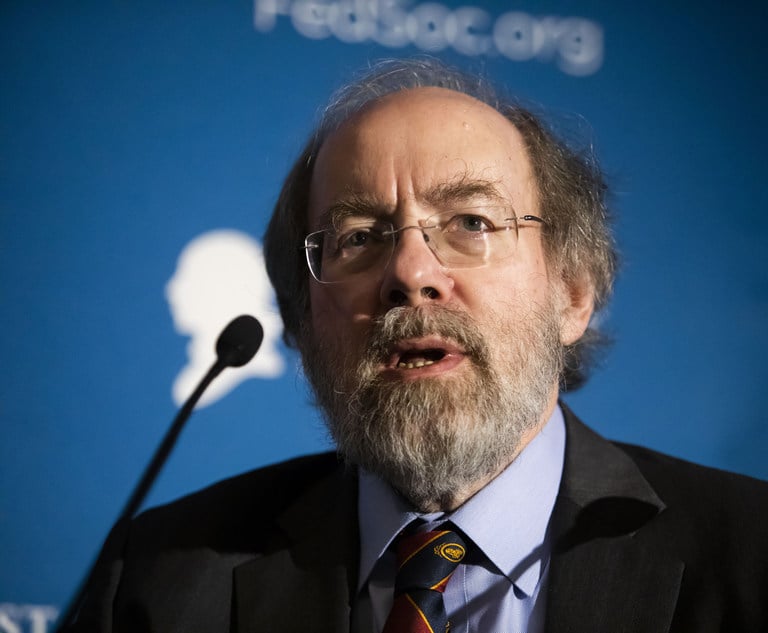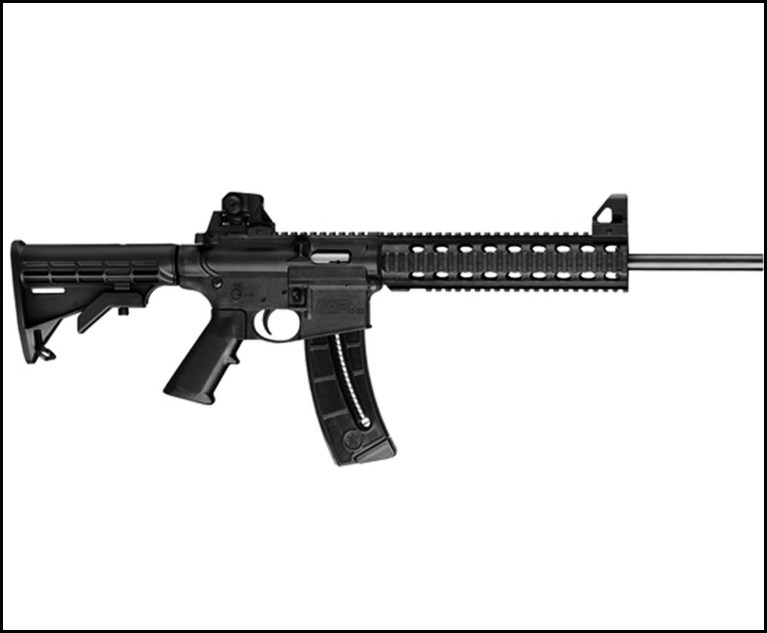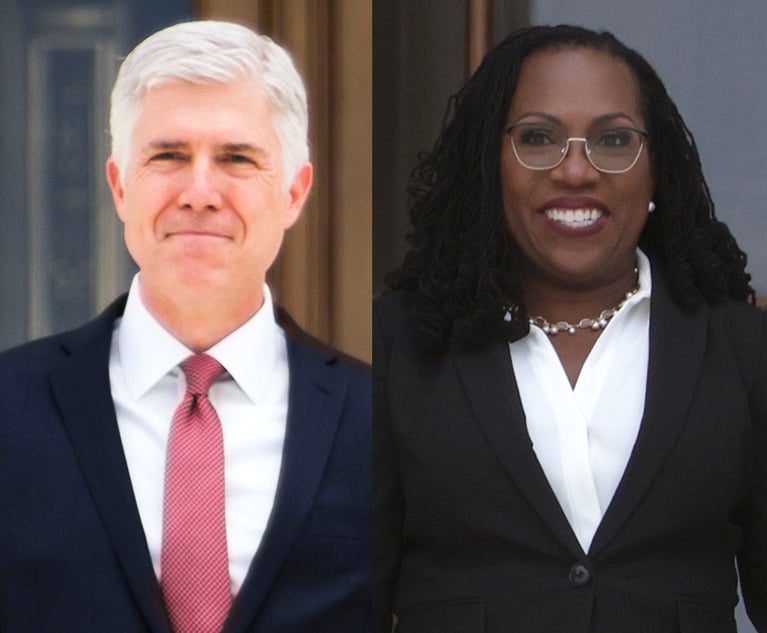U.S. Supreme Court justices grappled Monday with defining the precise distinctions among financial instruments, asking attorneys how they would classify instruments beyond those disputed in the MoneyGram escheat case.
Justices’ questions centered on the precise qualities that make up a money order and how Congress intended it to differ from other written instruments when enacting the Federal Disposition of Abandoned Money Orders and Traveler’s Check Act (FDA) in 1974, with the high court appearing divided over whether to interpret the statute broadly or narrowly.

 Neal Katyal, partner with Hogan Lovells. Photo: Diego M. Radzinschi/ALM
Neal Katyal, partner with Hogan Lovells. Photo: Diego M. Radzinschi/ALM








